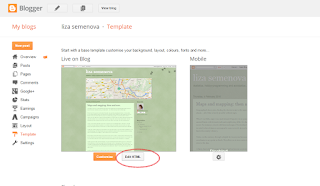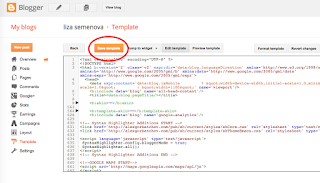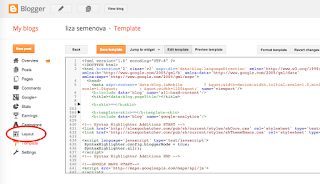Last year has been very rich in acrobatic experiences: traveling to so many places in Europe and Middle East for workshops and conventions, learning from the best teachers and training with the most fun and dedicated people!
The brightest event for me personally, anyhow, was the one that we organized ourselves with two good friends: the French Acrobatics Convention 2016. The convention was initially created and run for several years by two german acrobats: Thorsten and Jasper. For personal reasons they decided to give it up at some point and the three of us (Alice, Jenny and myself) took over. Organization of an event for 160people acrobats, where one needs to think in advance of many facets of human existence from running water, amount of cheese to the number of bananas and chocolate bars per person was sometimes getting overwhelming. But at the end everyone, including the three of us, enjoyed the event and had time to practice.
No more words. Below is the video report from our official photographer and camera man Jared. See you same place same time in 2017! So much looking forward!!!
The brightest event for me personally, anyhow, was the one that we organized ourselves with two good friends: the French Acrobatics Convention 2016. The convention was initially created and run for several years by two german acrobats: Thorsten and Jasper. For personal reasons they decided to give it up at some point and the three of us (Alice, Jenny and myself) took over. Organization of an event for 160
No more words. Below is the video report from our official photographer and camera man Jared. See you same place same time in 2017! So much looking forward!!!
French Acrobatics Convention 2016 from Jared on Vimeo.





